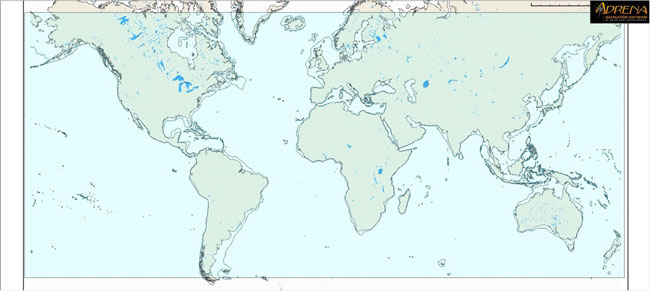
If a description of the spatial organization of the data is needed, the GDS must be included as well. The PDS describes who created the data (the research / operation center), the involved numerical model / process (can be NWP or GCM), the data that is actually stored (such as wind, temperature, ozone concentration etc.), units of the data (meters, pressure etc.), vertical system of the data (constant height, constant pressure, constant potential temperature), and the time stamp. There are 2 parts of the GRIB 1 header - one mandatory (Product Definition Section - PDS) and one optional (Grid Description Section - GDS).

There is no way in GRIB to describe a collection of GRIB records

GRIB Edition 2 format was approved in 2003 at Geneva. The Working Group on Data Management (WGDM) in February 1994, after major changes, approved revision 1 of the GRIB format. The World Meteorological Organization (WMO) Commission for Basic Systems (CBS) met in 1985 to create the GRIB (GRIdded Binary) format. GRIB superseded the Aeronautical Data Format (ADF). GRIB-2 also has the possibility of compression. The data in GRIB-1 are typically converted to integers using scale and offset, and then bit-packed. So collections of GRIB records can be appended to each other or the records separated.Įach GRIB record has two components - the part that describes the record (the header), and the actual binary data itself.

GRIB files are a collection of self-contained records of 2D data, and the individual records stand alone as meaningful data, with no references to other records or to an overall schema.


 0 kommentar(er)
0 kommentar(er)
